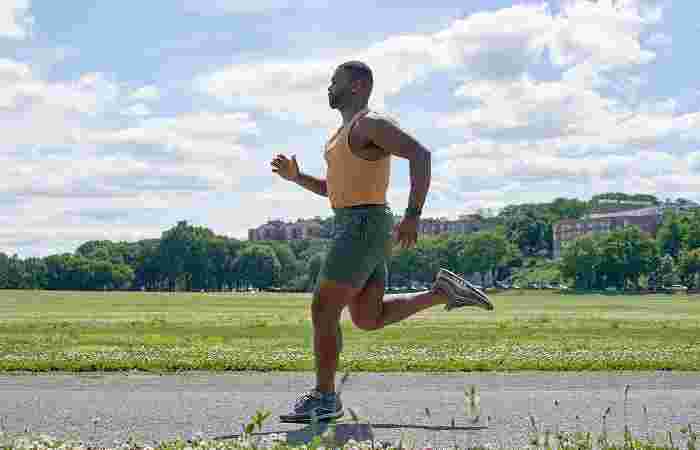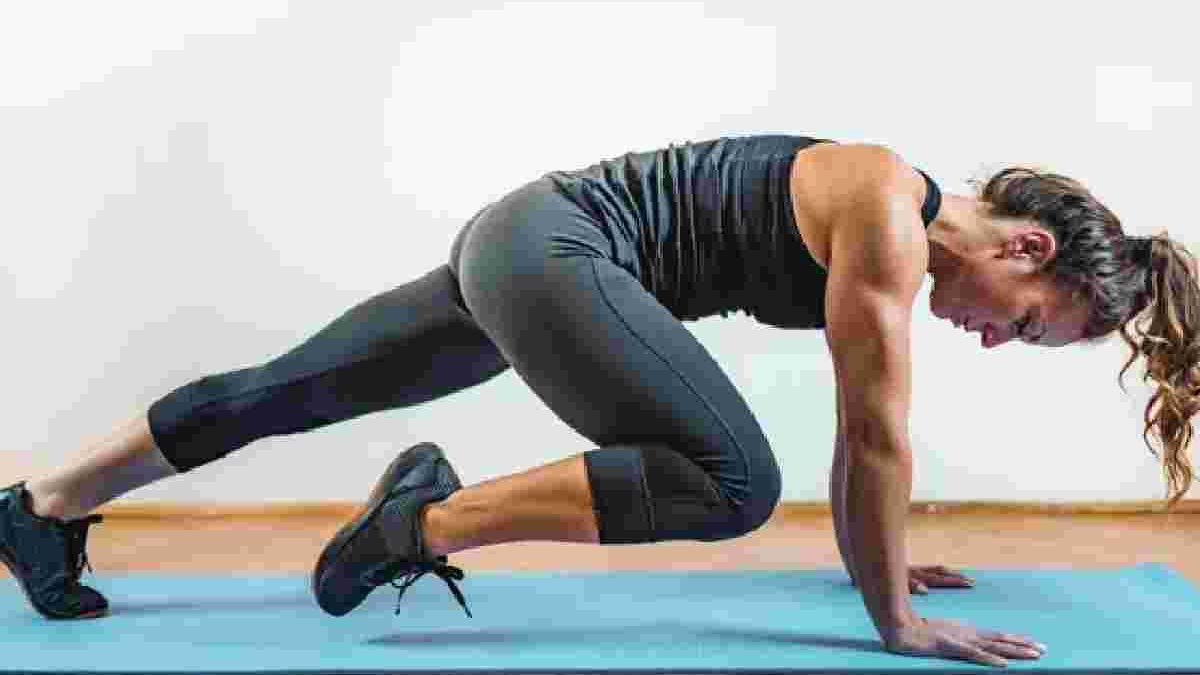HIIT or High-Intensity Interval Training. Behind this intimidating acronym hides an efficient training that seeks to progress in its sport or boost its weight loss. What does this high-intensity training consist of?
HIIT has become entrenched in the sports world, advocated as a flagship method for losing weight effectively and quickly, without anyone knowing what it is all about. In reality, High-Intensity Interval Training, translated as high-intensity interval training, opens up a field of possibilities much larger than the simple label of slimming sports program that we stick to. To better understand, we turned to a pro. Mickaël Hacherel, head of the sports department at the Serge Blanco thalassotherapy centre in Hendaye, offers 24-minute HIIT sessions as part of the establishment’s Cure Sport attitude. Our expert helps us to dissect this method.
Table of Contents
What is the principle of HIIT?
HIIT is interval training, high-intensity interval training consisting of acceleration and deceleration phases. This method bases on a rapid work phase, very high-intensity exercise phases, followed by slower work phases of active recovery.
HIIT can last 20 to 30 minutes. The session format is short and dynamic: we try to increase the heart rate as much as possible during intense efforts (for example, 30 seconds), and we actively recover on the deceleration phase (for example, 1 min 30). We do not stop entirely on the latter. Still, we slow down (and catch our breath) to avoid lactic acid production. This waste in the blood produced by the intense effort blocks the muscular contraction, at the origin of this feeling of discomfort and joyous aches.
It is a practical and easy setup workout that can do almost anywhere because it does not require space, and all you need is a simple stopwatch or a show. Outside, it can be broken down into running with phases of 30 seconds of acceleration and 1 minute 30 of active recovery (walking). We perform bodyweight exercises (without load) at home, for example, with a series of rapid knee climbs over 30 seconds or jumping jacks. Also, indoors, you can train on any classic cardio machine, elliptical, bike, rowing machine., etc. Some devices, such as the elliptical cross trainers of the Serge Blanco thalasso BH concept, are preprogrammed for HIIT.
The Benefits of Training

We spend a maximum of calories during a session, making it an attractive method for those looking to draw their silhouette and melt (provided they combine a balanced diet) and for athletes who want to improve their performance.
Why is it effective? HIIT boosts energy expenditure and accelerates the primary metabolism (the program by which the body draws such or such energy during the effort) within 24 to 48 hours. Explanation: Intense efforts (for example 30 second accelerations followed by a 1-minute 30-minute recovery) create an “oxygen debt”. The heart rate rises rapidly “in laps”. To respond to the muscular efforts required. The body has no other choice but to tap into a specific energy system (the anaerobic lactic chain) to repay this debt. He will therefore draw on fat reserves for 48 hours after the session.
More Information:
So, if we want to take advantage of this virtuous circle of post-workout combustion, for example, when we aim for weight loss, we always try to go further while respecting a progression over the training sessions. We constantly push our limits a little more. “We start HIIT at a certain level and a certain speed, but throughout the sessions, we try to increase this speed and follow a progression”, explains Mickaël Hacherel. The goal: to make the most of this famous “after-burn effect”. “The more we try to progress, the more we significantly increase this oxygen debt. That the body will have to repay after the session by drawing on the energy system”. No miracle recipe, however,
What about HIIT for athletes? Here too, the method scores points: “By accelerating his basal metabolism. An athlete can improve his performance because his body becomes able to mobilize. More quickly the right energy (energy chain) suitable for training”, specifies. Mickaël Hacherel. We can see the interest of integrating this training for the runner, as part of the preparation for a race. For example, or a high-level athlete before a competition.
Despite its benefits, HIIT also has its limits. It is not training to “consume” excessively. We do a maximum of 3 sessions per week, no more, advises our expert. Beyond that, there is a risk of overtraining, and there is a risk of injury due to tendon and joint fatigue. At the same time, we continue our muscle building workouts. And more “classic” cardio workouts, which exercise the heart rate slowly and allow the effort to be maintained over time. “The better we are at cardio, the more we will be able to progress in HIIT”, warns Mickaël Hacherel.
A Cardio Workout before getting Started
On paper, HIIT is adaptable in its content, and anyone can try it. Except people with a history of heart disease. Before starting, of course, medical advice is first requested to check its suitability for this type of intense effort.
In reality, it is better to be used to the physical effort and to have worked on your “cardio” if we want to progress and get actual results. So we prepare beforehand, even more, if we start or resume the sport. In this case, we do not begin the HIIT ball in our head. We reserve time to adapt to train our heart rate. “I advise sports novices but also athletes to do cardio workouts alongside HIIT.
It can be jogging, brisk walking, cycling, etc. The objective is to control your heart rate in the zones of Moderate cardio over a long period to increase your “reservoir” of energy. I like to give the image that we are all Ferraris with the reservoir of a 2 CV. By working our cardio, we increase our reservoir of energy to gain power and “fuel” on a long, intense workout. We can then more easily ensure a high-intensity session such as HIIT and hold the effort to the end “.

